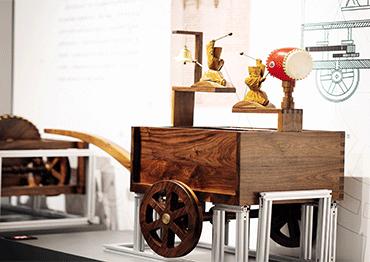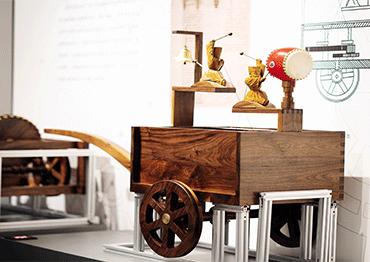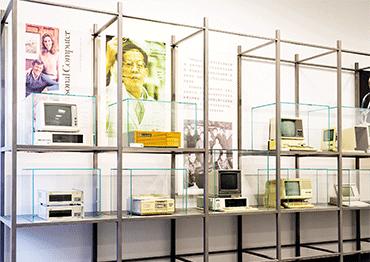As Wu and Du point out, being short of money is a constant frustration for the development of university museums, so they always welcome donations. Wu Aiqin, director of the Cultural Heritage Museum of Henan University told local newspaper the Dahe Daily that after the scandal at Chongqing University museum, they could not afford to acquire many exhibits, especially as the market for antiques and collectibles had become overheated. The only way to add to their collection was by excavating cultural relics themselves after they established their own archaeology department in 2013 and were licensed to conduct digs.
A 2012 paper on the development of university museums published by Yang Haiyan from Shandong University in Jinan, Shandong Province, attributed university museums’ low popularity to not having high-quality collections and a lack of awareness of the need to appeal to the wider public as well as academics. Although university museums’ primary function is to serve higher education, the author called on them to attract a wider range of visitors by offering specialized collections of high educational value.
Du agrees with this premise. “University museums should take advantage of academic research to build their own brand based on the university’s history and culture. It is not wise to just follow or copy ordinary museums,” he said.
According to Duan Yong, deputy president of Shanghai University and former deputy director of the Palace Museum in Beijing, the best university museums have something distinct to offer. For example, the Letter Museum of the Renmin University of China in Beijing focuses on collecting letters from historical figures, and the Shanghai University Museum focuses on Shanghai traditional culture and arts, the first and only one in China.
Duan singled out an exhibition on Tang Dynasty (618-907) culture the Metropolitan Museum of Art in New York opened in 2004. He said the Met had researched academic studies on Tang culture for seven years and innovatively showcased and interpreted their academic achievements with historical collections.
In Duan’s view, the exhibition, which toured to Tokyo, Japan, Hong Kong and Hunan Province in the Chinese mainland, deserved the accolade of being “one of the most influential and important exhibitions over the past two decades.”
But what caused Chinese university museums to reflect was that although 98 percent of the 400 exhibits in the Met exhibition came from Chinese cultural heritage organizations and museums, the exhibition’s theme, structure and captions were all based on the Met’s own research, meaning that the Met owns the exhibition’s copyright.
In contrast, some Chinese universities, as The Paper commentary pointed out, failed to identify and appraise the donations to their museums.
“Academic value should be a core standard to appraise a university museum and its exhibits,” Du said.
According to Du, a high-quality exhibition would definitely attract visitors from off-campus. This May, TUAM launched an exhibition on ancient Afghan national treasures to show the Silk Road’s influence on cultural exchanges. The exhibition lasted two months and attracted some 50,000 visitors, and the pictorial catalog of the 233 exhibits sold out within a week. Now, the second-hand book sells for five times the original price online.
Du emphasized that university museums should keep an eye on developments in the academic subjects related to their theme. The first popular university museums, for example, were mostly about natural sciences, such as animals, plants and minerals since they were focuses of universities at that time. When the arts and humanities rose following World War II, art museums began to take the lead. Today, when college majors are more diverse and specialized, university museums, Du said, should also provide more specialized and even individualized services.
That is a major reason why Tsinghua was determined to establish a science museum in addition to its already renowned art museum.
“Tsinghua is famous for science and engineering studies, so a science museum would become a must for visitors, even though they might not visit the art museum,” Du said.
“Visitors [to Tsinghua University] will surely spend more time looking at a scientific collection than an art collection... So precisely defining the function and orientation of the science museum and expanding its public service is what the science museum must concentrate on in the future,” he added.

 Old Version
Old Version

